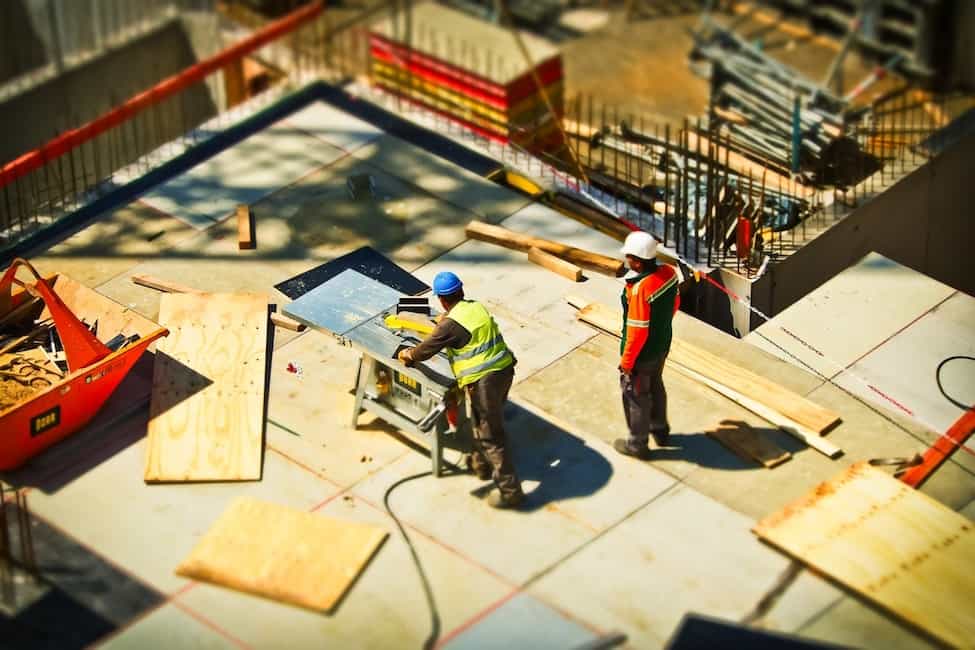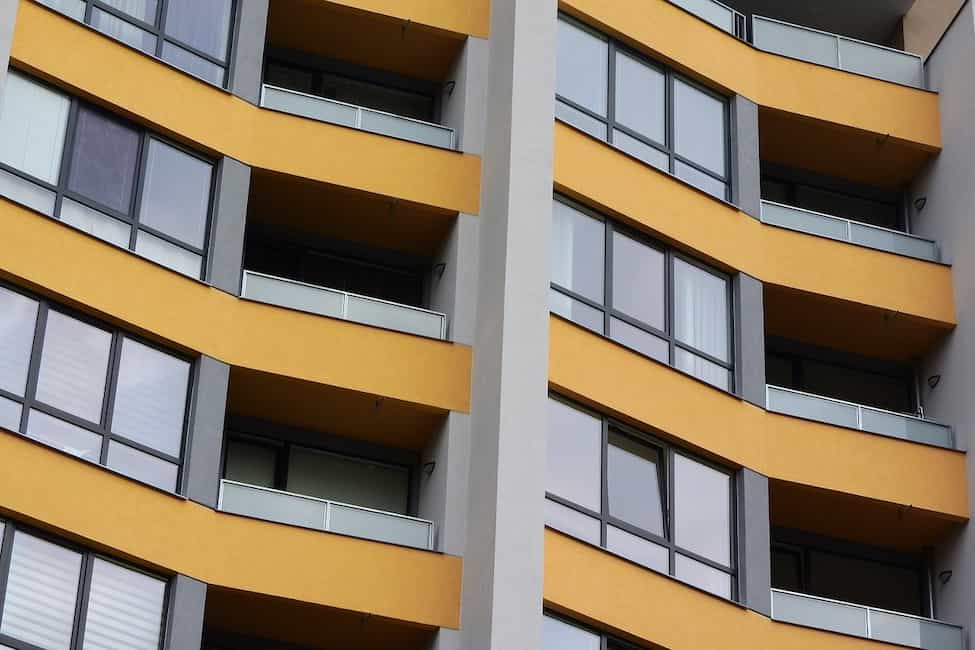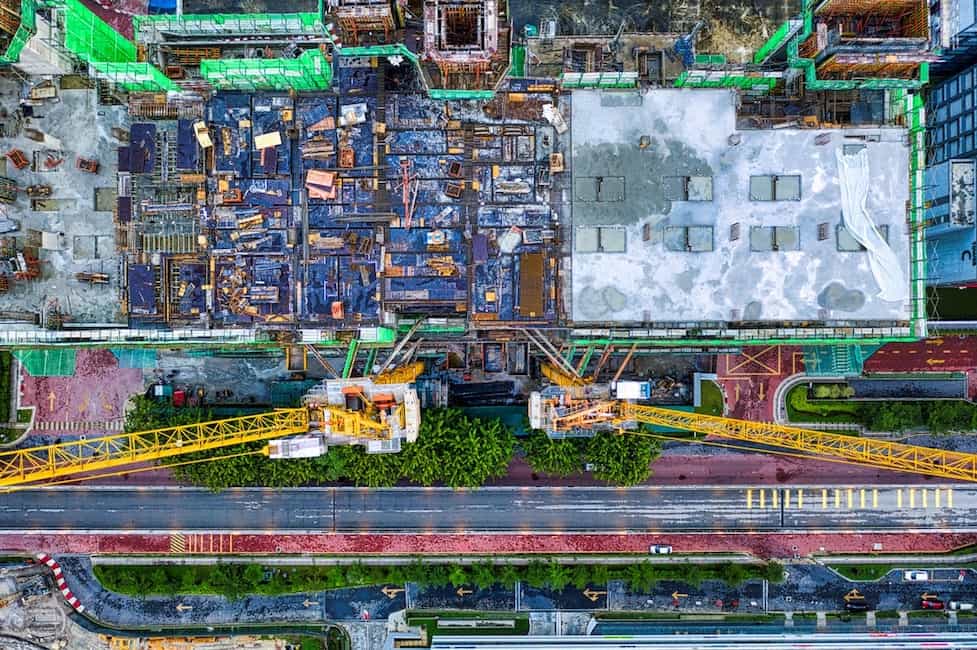ConTech.
Maybe you’ve heard the word floating around, and don’t know what it means. Perhaps you work with it every day. Either way, it’s worth paying attention because ConTech, or construction technologies, might gradually shape the future of architecture, construction, and management.
Here’s how.
What is ConTech

In the simplest terms, ConTech stands for construction technology. Which technologies it refers to isn’t widely agreed. Still, most of the standout examples that people will use are directly involved in the actual construction process. With the aid of ConTech, construction firms can cut down on worker injury, streamline the building process, or enable the construction of more durable and smarter buildings.
There are examples of construction technology used before breaking ground and after the construction is complete. These fall more into the realms of architectural tools or PropTech, (or property technology). Still, the distinctions between them can be blurry.
The term usually applies to the newest generation of tools for construction. For example, a jackhammer is technically technology used in construction. But it has been around for a while so it wouldn’t qualify as ConTech. Instead, it refers to technologies on the cutting edge of the industry or technologies that are new and unproven. Construction teams that make use of these construction technologies get a considerable advantage over the competition.
Tech to Keep an Eye On
Recent advances in Construction technology have pushed in very different directions. Some aim to help on-site workers communicate with each other more clearly. Others would eliminate the need for workers to perform specific repetitive tasks entirely. Here are some of the most exciting kinds of technology currently in use or development.
Drones
Does the idea of drones on a construction site sound strange? Maybe you’re imagining them buzzing around tied to cinder blocks, straining to carry them from one side of the site to another. Well, there’s more to construction than heavy lifting.
Drones can get an aerial view of a project for supervisors, who can use that bird’s eye perspective to catch potentially costly problems before becoming unmanageable. They can also be used for security surveillance, keeping an eye on workers, coordinating the movements of automated vehicles, and quickly measuring vertical distances that might be dangerous for a human.
One of the most popular uses for drones comes before construction begins. A drone is capable of surveying land much more quickly than a person on foot. It can generate a 3D terrain map from the data that it collects, giving planners all of the information they need to start construction. In 2017 alone, drone usage in the construction field increased by an astounding 239%, as reported by DroneDeploy.
Wearable Tech
Wearables are already helping construction workers to be safer and more productive on the job.
Virtual reality and augmented reality headsets like the Microsoft Hololens give workers an in-depth view of the project they’re working on. They can even be allowing them to see its aspects hidden behind drywall or insulation, like wires and pipes. The headset can also show a finished building model before construction has even started.
Communication tags help workers quickly send warnings of unsafe conditions to each other and supervisors. In the event of an injury, they can send an alert with information on what has happened, even tracking the distance of a fall. Similarly, technologies like the Smart Cap can help eliminate microsleep by alerting workers when they are on the verge of a lapse in consciousness. It can also provide supervisors with data they can use to make sure their people aren’t reaching exhaustion levels that could put them in danger.
Prefabricated Buildings

Prefab construction isn’t a new idea. Since people have been building things, they’ve been using materials that have already been processed, whether bricks or pre-cut wooden planks. With modern technology, though, construction teams can handle more substantial and larger prefabricated pieces, whether that means building out of prepared panels or bringing in an entire room built offsite.
Just those techniques are already increasing efficiency, allowing workers to spend less time building, and providing more flexibility in the face of inclement weather. Parallelization of a project allows work to be done in multiple areas at once, drastically reducing the time needed to complete it. With the possibility of more 3D printed construction solutions on the horizon, prefab could become even quicker and cheaper. With a printer on-site, construction firms slash transportation costs.
At the moment, though, prefab is best suited for use on large projects, or those specifically designed to be modular. Certain materials lend themselves exceptionally well to prefab. Steel buildings, for example, can be made from sturdy, and relatively light prefabricated steel building kits. Steel buildings of this sort can work exceptionally well as hangars, greenhouses, or warehouses. Large steel buildings are quick to construct compared to concrete or stick-built solutions, and bolt-together metal buildings stand up to stress as well as more traditional construction styles.
Construction Software
It’s easy to focus on the physical machines that are being made available to construction workers. Still, the advanced software that pairs with them is just as necessary.
For projects that simultaneously take place at multiple sites, it can be useful to have software that ensures both teams are aware of the state of affairs at the other location. Supervisors can use the same technology, even when they can’t visit all the sites in person to gather information.
As much as new software can help ground-level workers, its help on the management level can be significantly pronounced. Predictive analytics can recognize patterns in construction data to make predictions about material usage or financial costs, which can help project planners budget more effectively.
Robotics
Construction work is physically demanding, dangerous, and often involves repetitive tasks. Robots like the rebar-tying Tybot can take over some of the most troublesome jobs and eliminate the risk of exhaustion and injury. Robots can also be drastically faster than human workers. Tybot can tie all of the deck rebars on a bridge within a day of starting, and it works day and night without interruption. Most of all, it can reduce the crew needed by half, helping to alleviate the personnel shortages that many construction teams experience during that phase of bridge-building.
Other robots, like SAM, (short for Semi-Automated Mason,) still need human supervision to do their jobs. But SAM, the robot, promises to reduce the physical strain experienced by construction workers and allow them to work more safely. SAM helps skilled masons lay bricks, taking care of some of the most challenging parts of the job. In contrast, the masons oversee the quality of the wall, scraping off excess mortar, and set up and control SAM.
Robotic technology is also being put to use in automated construction vehicles. This way, vehicles can be programmed to do repetitive or dangerous tasks, freeing up workers who would usually be operating them directly to do other important work.
Why You Should Care

The price of construction has been rising for the past few years. Because skilled labor and materials have become more expensive, it has been increasingly challenging to build inexpensively. The best way to cut costs would be increasing efficiency, and that’s what recent construction technologies could allow the industry to do.
Prefabrication will allow large sections of some buildings to be assembled offsite. It might even allow for some structural elements to be cheaply mass-produced. Wearable technologies and robotic construction helpers will keep workers safer and help them to be more productive. Drones and construction software can help give supervisors more accurate and up to date information on their projects. The use of all these technologies will help to improve efficiency and make construction more affordable. In a world in continued need of low-income housing, that will be a godsend. Some estimates even place the boost in productivity as high as 40%.
New, more efficient methods could also allow for the construction of more advanced and more ambitious buildings. Architectural strategies like green roofs and recycled materials could become a reality sooner or later. Take, for example, the Transbay Transit Center in San Francisco, which hosts an entire park on its roof, complete with fully grown trees. The advances that we’ve already seen in construction are incredible, and there’s only more to come as time goes on.
Article originally appeared on ConstructionGlobal.com




